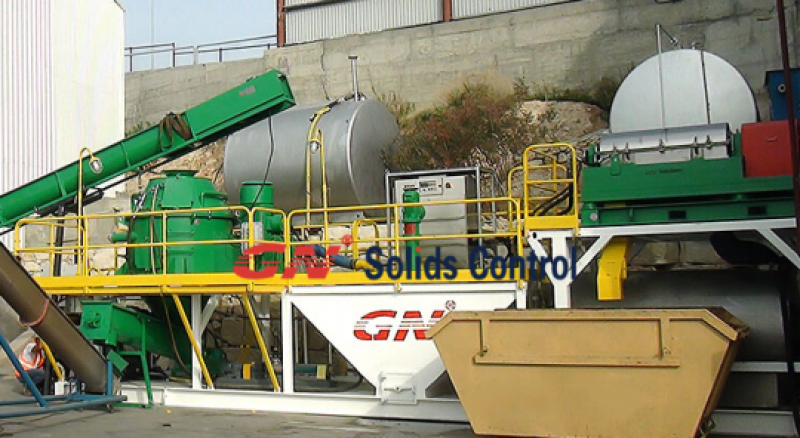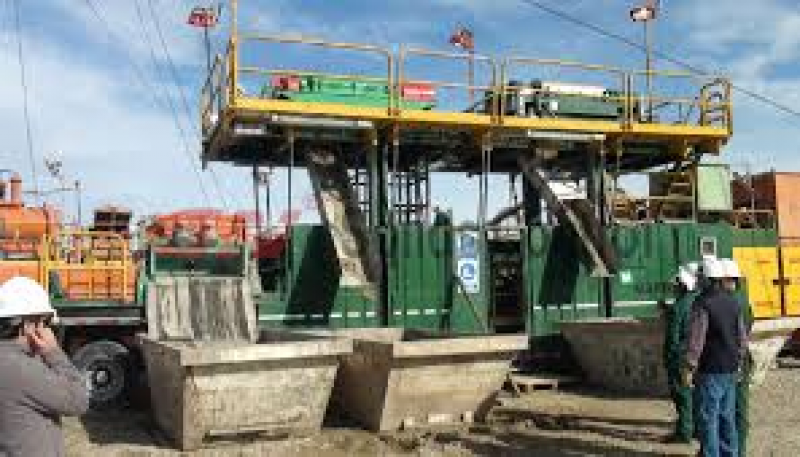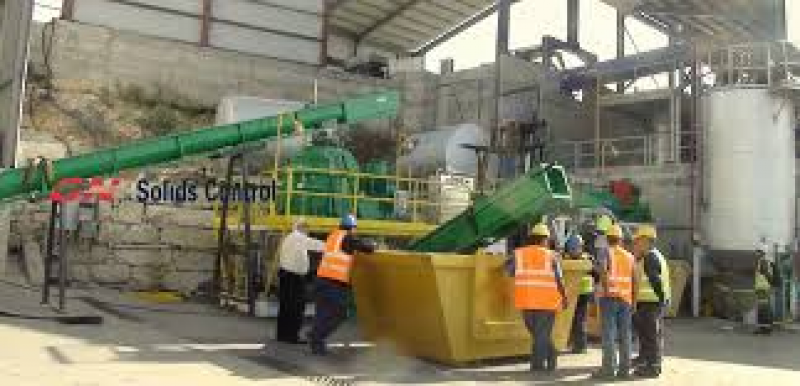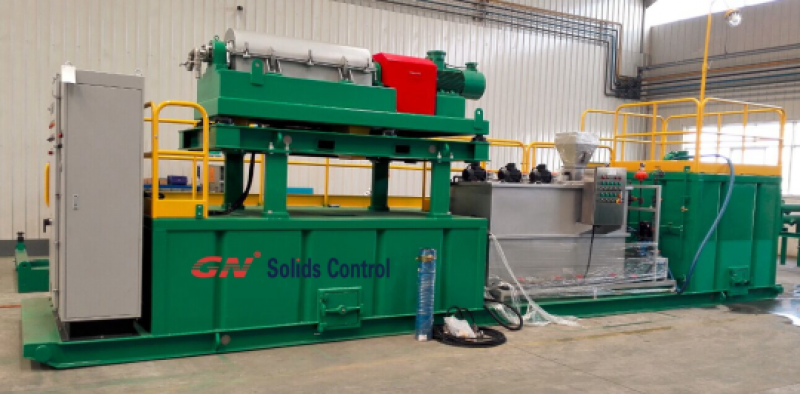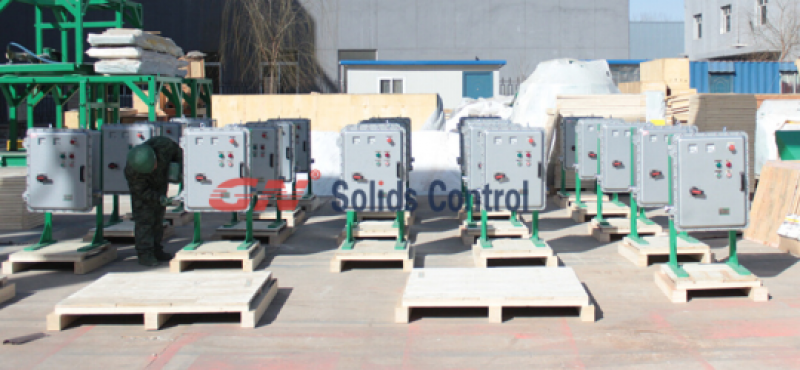As a liading muaufacturer with regard to
drilling mud solids control & waste management devices such as mud gun,
straight cutting, screw conveyor, shale shaker, screw pump, mud cleaner,
oilfield shale shaker,
desander and desilter, machine degasser, decanter centrifuge, very poor boy
degasser, mud agitator,
mud tank, shear pump,
etc . Our own product served in around 60 countries, with organizations or
partner in Ough. S., Russia, Auatralia, Latina America and Middle Far east.
GN drilling fluid mud gun is a device familiar with agitate drilling mud with a
drilling rig. More of a nozzle than a gun, a mud gun is connected to a new pump
to circulate the going mud and prevent the solids from settling in the mud tank. also depending on
the quantity being used and the pit measurement. They are best used in tank
corners to keep solids through settling and a mud agitator is placed in the
tank heart.
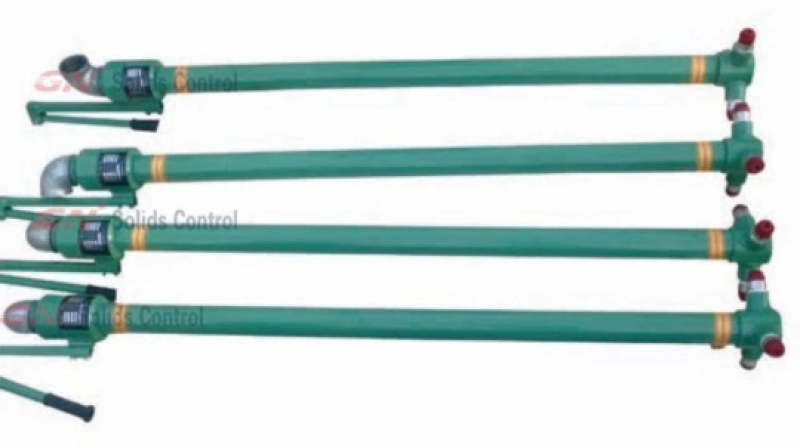
GN premium quality mud gun is considered to be one of the longest prolonged on
the market today. Drilling mud can be a wet substance that is similar to a
thick clay and is also used to cool the exercise head and carry typically the
remnants of drilling for the surface in water properly drilling and oil as well
as gas drilling operations. GN mission mud gun is really a inexpensive solution
to a likely expensive problem. Mud is done by mixing water or even oil with a
clay-like ingredient that also contains several other chemicals into a big tank
called the mud tank on a drilling rig.
GN mud gun is a 360˚ rotating swivel body, plus the ability to be
customized to the length, flanged or threaded.
Replacement parts for GN mud guns can be ordered by GN Solids Control Company.,
Ltd. GN is a fprofessional solids control system manufactuer in china. Any
problem i highly recommend you contract us on the web:
http://gnsolidscontrol.co
